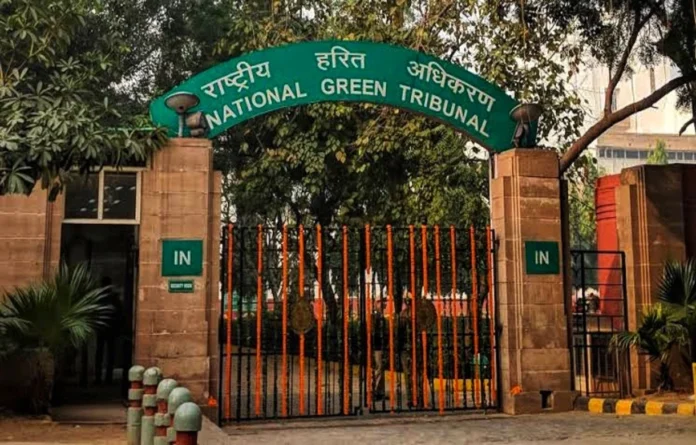The National Green Tribunal (NGT) has taken suo motu cognizance of the decrease in the habitat of Indus river dolphins.
The petition is registered suo motu on the basis of the news item dated 15.08.2024.
As per the article, the Indus river dolphin (Platanista minor) is a critically endangered freshwater dolphin species found only in the lower Indus river system in Pakistan and India. Since the 1870s, its habitat has decreased by 80% due to irrigation barrages, leaving around 2,000 individuals today.
The article states that in 2007, a small isolated population of dolphins was discovered in the Beas River in India, about 600 kilometres from their main habitat. This population is crucial for genetic diversity.
The article states that as apex predators, the Indus river dolphins shape the population dynamics of fish and other aquatic species. They are crucial for sustaining the overall health of the river system. Furthermore, the dolphins face threats from habitat degradation and other challenges.
The article further explains that as per recent data, fewer than 10 dolphins, primarily located in the lower third of the river are left. Recent surveys (2011-2022) also show counts ranging from one to eight individuals, with annual calf sightings indicating ongoing reproduction. However, the overall population size has been consistently low raising concerns about habitat usage and range shifts.
The article highlights that reconnecting the small population of Indus River dolphins in the Beas River with those in the Indus River is unlikely due to physical barriers like barrages and dry rivers. The Beas River dolphins face significant challenges, including entanglement in fishing gear, water pollution, and difficulties escaping through the Harike Barrage. The specific habitat needs of these dolphins are not fully understood, but they likely prefer high-volume pools, which may be diminishing due to hydrological changes. The main threats include water availability and pollution, worsened by upstream hydropower projects causing fluctuating water levels. The Beas River population is critically small, making their survival highly vulnerable.
The above news item indicated Bench violation of the provisions of the Water (Prevention and Control of Pollution) Act, 1974, Biological Diversity Act, 2002 and the Environment (Protection) Act, 1986.
The news item raises substantial issues relating to compliance with the environmental norms and implementation of the provisions of scheduled enactment.
“Power of the Tribunal to take up the matter in suo-motu exercise of power has been recognized by the Hon’ble Supreme Court in the matter of “Municipal Corporation of Greater Mumbai vs. Ankita Sinha & Ors.” reported in 2021 SCC Online SC 897.”
Hence, the Principal Bench of Justice Prakash Shrivastava, Justice Arun Kumar Tyagi and Dr. A. Senthil Vel impleaded the following as respondents in the matter:
(i) Central Pollution Control Board.
(ii) Ministry of Environment, Forest and Climate Change, Through its Member Secretary.
(iii) National Mission for Clean Ganga, Through its Director General.
(iv) Ministry of Jal Shakti, Through its Secretary.
(v) Wildlife Institute of India, Through its Director.
(vi) Chief Wildlife Warden, Himachal Pradesh.
(vii) Chief wildlife Warden, Punjab.
The Bench issued notice to the Respondents and listed the matter on 03.01.2025.


